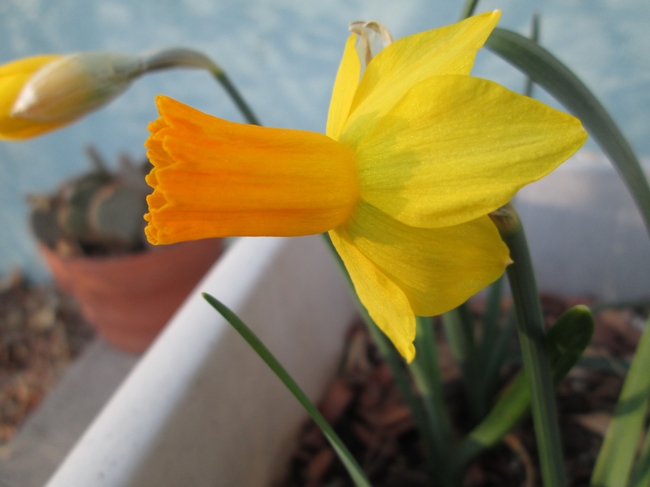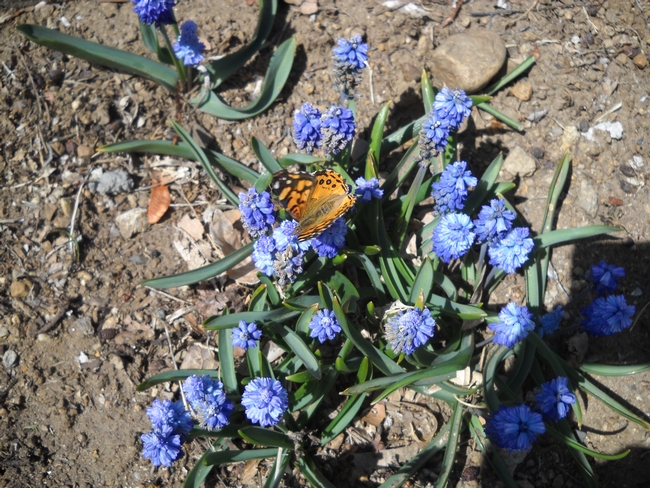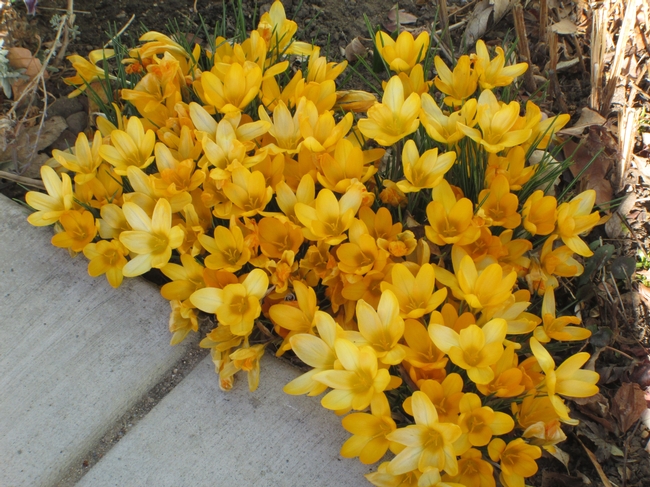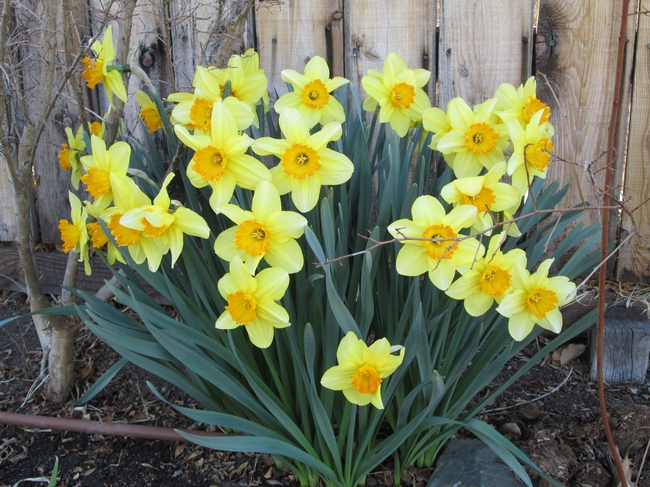With bulb catalogs appearing in our mailboxes and high temperatures precluding gardening for much of the day many of us are no doubt dreaming of the spectacular flowers that we will be growing next year.
These bulbs will grow in the more moderate climates of the Owens Valley, and also in higher elevations such as Mammoth where they live quite happily under the winter snow and will burst into flower as soon as light reaches them. They are unlikely to do well in hot desert areas even with irrigation. Plant them as soon as you can since they should not dry out, and they begin to put out new roots in early fall.
As with all bulbs it is important to remove dead flowers before seeds begin to grow, but leave the foliage on the plant until it has completely died down, because after flowering the leaves provide food for the bulb to enable it to flower the following year.
Bulbs look best if planted among other plants, rather than poking up in patches of bare soil. If bulbs are planted among other perennials it is possible to disguise the dying foliage by carefully planning how you plant. I have a large hardy geranium which is generally floppy and emerges after crocuses have finished flowering and so covers that foliage and gives them some extra shade in the hottest part of the year.
Unfortunately some species of bulbs are very attractive to gophers and ground squirrels so if you live in an area that is also home to these animals it pays to plant the bulbs in wire cages.
About Specific Bulbs
Narcissus: Daffodils are hardy and live for years making increasingly large clumps, and are generally left alone by deer and gophers. They come in an enormous range of heights, shapes and colors including pink and white as well as the better known yellows. Pink trumpeted daffodils do tend to lose their pink coloration in hot sun. Some are strongly perfumed with several smaller flowers on a stem, while others have only one flower with a large trumpet. Different varieties bloom at differing times from February to early May.



The other main type of crocus are the Dutch or Large Flowering types which can reach up to 5” but generally have fewer flowers per corm. They come in similar colors to those of the Species types. They grow in USDA Zones 4-8 but won't naturalize where winters are warm. Plant species crocuses about 4” deep and the larger ones an inch deeper.
